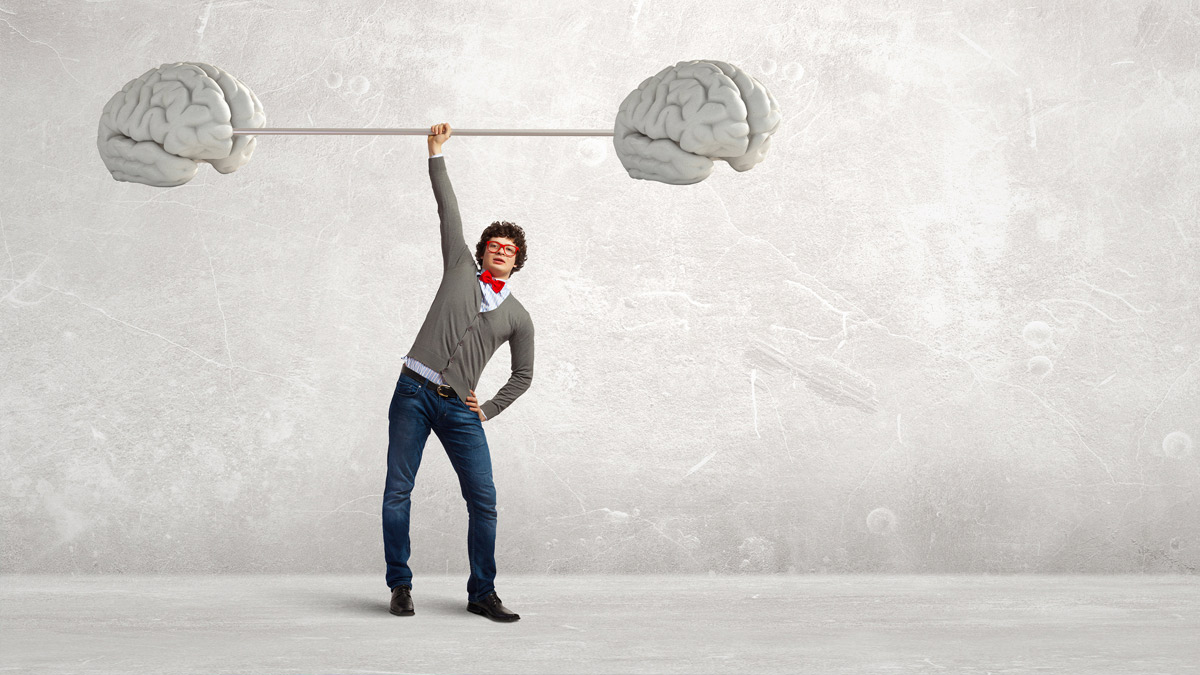The Sweatbox gym in West Ashley is just what it sounds like. If you walk in and see a “Think Boxing” trainer practicing drills with a private student, you’d be right in assuming it’s a sweaty, heart-pumping and powerful workout. What you might not guess is that it’s also a form of mental health therapy and that the student is there for stress management just as much as for cardio or strength training.
We have all heard the merits of physical activity touted as good for your health, but, more and more, the conversation around exercise is expanding to include patients’ brains as well as their biceps.
“A lot of the way that animals regulate their brain is by using their body,” said Beth Matenaer, co-founder of Think Boxing in Charleston, which uses four gyms, including The Sweatbox, to run its innovative programs. “We as humans do a lot of cognitive attempts to regulate our brain, but when we have a really active brain – especially in the anxiety part of our brain – it doesn’t always work well.”
Along with health-focused entrepreneurs such as Matenaer, the Medical University of South Carolina and Ralph H. Johnson VA Medical Center are among the health care centers now prescribing physical activity as treatment for diagnoses like depression, stress or difficulty sleeping.
“The real focus needs to be on changing the brain and on brain health,” said Janis Newton, who oversees physical activity programs focused on brain health in her role as Wellness Center director at MUSC. “If you can do that, you can sustain those changes.”
While the medical community is still waiting on solid scientific research about what exercises work best for different patients’ mental health, most providers have seen substantial anecdotal evidence. It’s enough to recommend activity as one of the many options for people seeking help.
“I don’t think the research is there or developed enough to say that this type of person should engage in this type of exercise. I don’t think we’re quite there yet,” said Jennifer Wray, a clinical psychologist at the VA Medical Center. Still, physical exercise is part of a commonly prescribed treatment at the VA, and Wray continues to implement it in her own work.
“Physical activity can cross a wide range of diagnoses and concerns that patients have,” Wray said. “Exercise has been shown in the research to improve things like depression and anxiety, stress management and sleep, which is a common concern.”
“The brain is dynamic and can change. That’s the good news,” said Newton. “Because there is brain plasticity, you can rewire it by repeating activities. If we repeat activities over and over, our brain builds new pathways and fosters neuron growth.”
Hence the focus on physical activities repeated again and again, such as lifting weights, walking or yoga.
The brain thrives on novelty and complexity, and it changes with sustained attention and focus. That means you can change your brain patterns with things like social interaction, physical activities and hobbies. Even gardening can change your brain.
Organized physical exercise has been especially successful at MUSC. The Healthy Charleston Challenge, an initiative that focuses on lifestyle change around physical activity, has won two national awards.
“It’s not just about weight,” Newton reiterated. “For brain health, you need healthy weight, nutrition, sleep, mindfulness, social relations, positive thinking, time in nature and your purpose. You have to look at every one of those things. Most people are suffering from chronic stress and don’t even know it, so we do things that are heart healthy and are going to promote oxygen, which helps your brain.”
“Exercise immediately affects brain health and areas of the brain that are useful for processing your emotions and thoughts, and it releases dopamine and serotonin,” Newton explained.
As a psychologist, Wray finds exercise helpful “for patients who are not necessarily willing to participate in a psychological intervention for mental health. I think they really relate to exercise.”
One of the best ways to approach physical activity for mental health is to set what are known as SMART goals: specific, measurable, attainable, relevant and timely. Even after Wray’s patients have stopped coming to see her, she recommends that they do regular check-ins to monitor their progress and goals.
Back at Think Boxing, Matenaer explained how she and co-owner Jason Scalzo keep students on track to hit their physical and mental goals.
“The basic components of our curriculum are check boxes for certain specific things. For example, we include high-intensity interval training because that helps with brain growth and neurogenesis. We like to add components of mindfulness, pair work with our coaches, focus and recall work, and we really look at emotional regulation and how you can discharge emotions healthily without getting unhealthy while doing that. We do all this by teaching different boxing skills.”
“The real focus needs to be on changing the brain and on brain health,” said Newton. “Improved brain health allows us to perform at our best and recognize and manage emotions which affect all aspects of life.”
What we can do is look at what we know about the benefits of physical exercise for mental health. Much of it starts with the brain-body connection, and that is the crux of this approach.
By Enid Brenize







